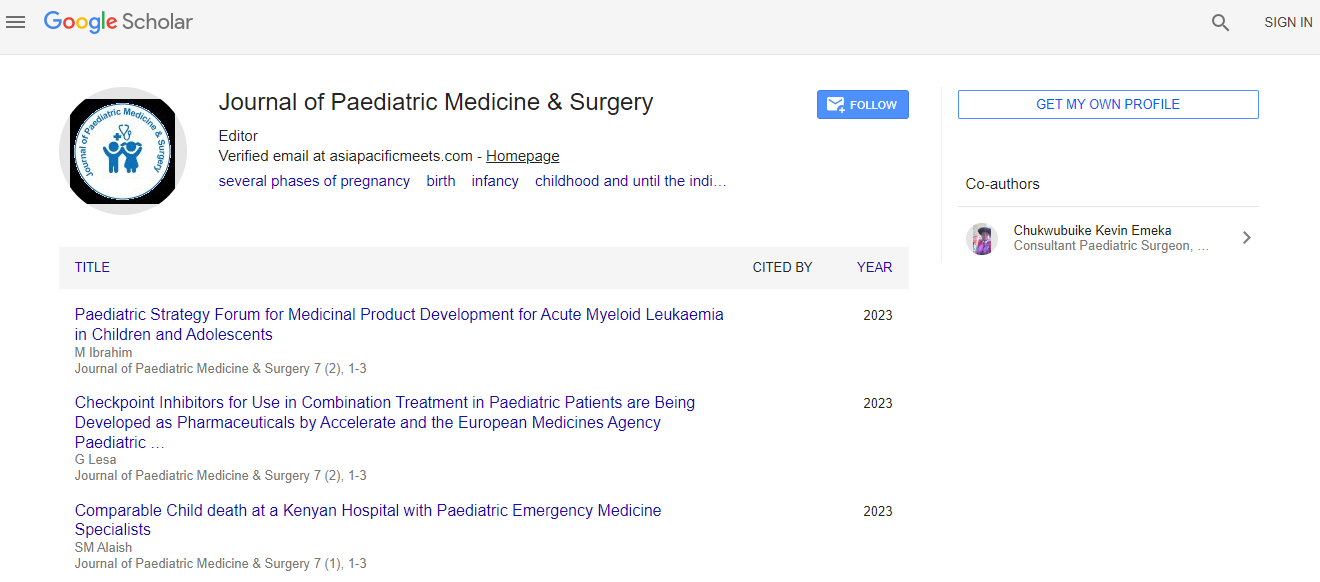Predictors of early onset neonatal sepsis among neonates in Dodoma, Tanzania: A case control study - Pendo Paschal Masanja - University of Dodoma
Abstract
Background: Early onset neonatal sepsis contributes significantly to the burden of neonatal morbidity and mortality in the first week of life. In Tanzania, neonatal sepsis accounts for 32% neonatal illness and leads to 29% of newborn deaths yearly. The objective of the study was to assess predictors of early-onset neonatal sepsis among neonates. Methods: A hospital based case-control study of randomly selected 105 cases and 217 controls in 3 hospitals in Dodoma region. Cases were neonates diagnosed with neonatal sepsis and controls were neonates without neonatal sepsis. Controls were matched to the cases by mother’s age and parity at a ratio of 1 case to 2 controls.
A semi-structured questionnaire was used to collect information about the potential predictors; including maternal and neonatal factors as well as intrapartum emergency interventions. Descriptive and inferential statistical analyses were employed to measure the independent association between independent variables and the outcome of interest. Results: Most (92.5%) of neonates were born at term and 7.5% were premature.
Average birth weight was 3 kilograms and 16% neonates had low birth weight (<2500 grams). Up to 33% of the newborns had early-onset neonatal sepsis. After adjusting for confounders, the maternal factors which showed significant association with early-onset neonatal sepsis were maternal history of chorioamnionitis [AOR=1.910,p=0.042,95%CI:1.022-3.56], HIV status [AOR=2.909,p=0.012,95% CI:1.020-8.296], prolonged rupture of membrane [AOR=2.857,p=0.014, 955CI: 1.233-6.619] and multiple digital vaginal examinations during labor [AOR=5.178,p=0.026,95%CI: 1.220-21.986].Neonatal factors; perinatal asphyxia [AOR=6.781, p=0.006, 95%CI: 1.725- 26.652].
Conclusion: Maternal infection(s), obstetric complications and substandard procedures during labor and delivery have significant effects on the occurrence of early-onset neonatal sepsis. Prevention of early-onset neonatal sepsis could be achieved by addressing maternal obstetric and neonatal related conditions.

 Spanish
Spanish  Chinese
Chinese  Russian
Russian  German
German  French
French  Japanese
Japanese  Portuguese
Portuguese  Hindi
Hindi 